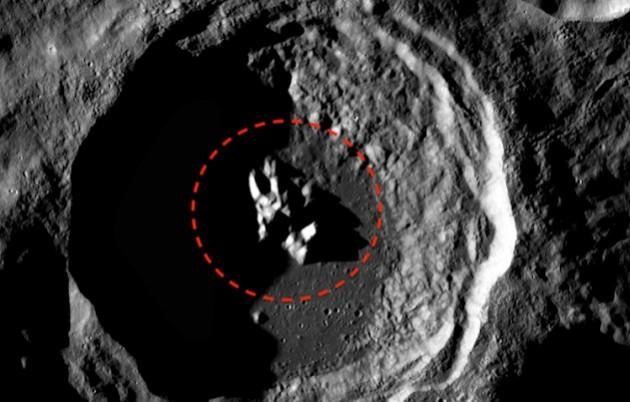NASA has officially announced it has discovered water on the sunlit surface of the moon. The recent discovery from NASA could be a life-changer for those who study search for extraterrestrial objects because the presence of water could somehow relate to the origin of life.

As per the report from NASA, the water was spotted near the Clavius crater on the moon. The Clavius crater is considered one of the largest crater formations on the moon. Paul Hayne -- the lead author of one of the studies published on this topic, revealed that the crater, as mentioned above, could be seen with the naked eyes.
Casey Honniball -- another lead author of a similar study, has talked about water quantity on the celestial satellite. As per Honniball, there is roughly the equivalent of a 12-ounce bottle of water within a cubic meter of lunar soil. It indeed is not much, but once NASA gets more information on it, there are chances that scientists might get to do proper research on the water molecules to understand its chemistry.
"We had indications that H2O – the familiar water we know – might be present on the sunlit side of the Moon," said Paul Hertz, NASA's director of the Astrophysics Division in the Science Mission Directorate said in a statement. "Now we know it is there. This discovery challenges our understanding of the lunar surface and raises intriguing questions about resources relevant for deep space exploration."
Can we use Moon's water?
Since Clavius crater can easily be observed, there is enormous speculation among the space experts that it can hold water, which surely is a big deal for sustaining any form of life. At this stage, even finding a molecule or an atom could be a groundbreaking discovery.
In previous studies, scientists found that the water is only present in those areas on the moon which do not receive any direct sunlight. The celestial satellite's hidden liquid somehow made it dangerous for astronauts to access while wearing their spacesuits.

Since the latest study states that water is present in the sunlight area, there are chances that humans can actually use that water for our daily needs.
"Prior to the SOFIA observations, we knew there was some kind of hydration," Honniball added in the statement. "But we didn't know how much, if any, was actually water molecules – like we drink every day – or something more like drain cleaner."














